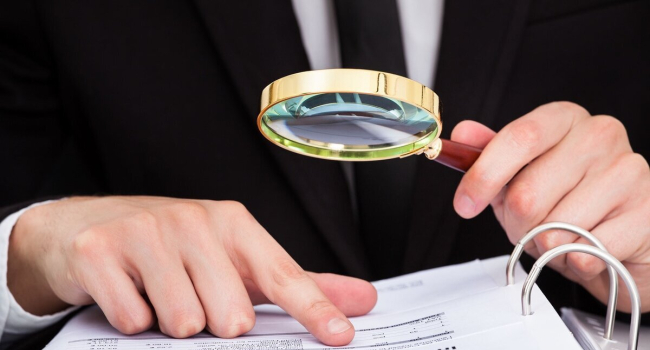
How to recognize fake documents on the Internet?
Examining file metadata is considered the most effective way to identify photographs of fake documents that are actively distributed on the Internet today. This opinion was shared by information security specialist Viktor Ievlev.
In a conversation with Gazeta.Ru, the expert said that attackers have recently been actively using the Only Fake service, which creates photographs of fake documents - copies of fake passports and driver’s licenses. This service costs about $15 per file and has been actively gaining popularity recently. This resource stores document templates from 26 countries, including Russia, the USA and the UK.
“To obtain a fake, the user needs to upload a photo, indicate his full name, place and date of birth and other data necessary for a specific document. The generated images are realistic - with their help you can pass verification on various online services, for example, crypto exchanges,” Ievlev said.
Moreover, with virtual copies of ID cards, fraudsters can apply for loans, take out online microloans and open shell companies.
To verify the authenticity of a document image, Ievlev recommends checking its metadata, also called EXIF data (Exchangeable Image File Format). This feature is available in any user operating system: you just need to open the properties of the downloaded file.
“They are adjusted whenever the source file is changed and can contain information about the author, time and place where the photo or scan was taken. Metadata even stores information about the parameters of a camera, smartphone or MFP,” the expert explained.
He also advises checking questionable document images using Findefix.com and Foto Forensics. The latter, for example, can detect completed areas or inserted objects in a photograph.
- Related News
- What risks are hidden in keyboards of Android smartphones?
- Hackers attack more than 19 million Russians with Android smartphones
- iPhone users are advised to disable iMessage: What risks are hidden in it?
- Why it might not be a good idea to close background apps on Android?
- What signs can indicate presence of malicious applications in your smartphone?
- How to prevent viruses from infecting your smartphone?
- Most read
month
week
day
- How DNA analysis helps to solve crimes and who can sell your DNA data and why: Interview with former FBI scientist Bruce Budowle 806
- Huge battery, IP68/IP69K and MIL-STD-810H certifications: Ulefone will present the Armor Pad 3 Pro tablet (photo) 795
- 5 original buildings with curious optical illusions (photos) 658
- How will new technologies change future of finance? Interview with director of Apricot Capital (video) 648
- What risks do crypto and digital currencies pose? Interview with Rasmus Nielsen 625
- Metal roofs: What makes them a great choice for small homes? 625
- WhatsApp will get new and useful feature 576
- 4 flares erupted from Sun in rare event: the Earth may be hit by geomagnetic storm (video) 562
- Android 15 to get two useful new features 553
- Mutated bacteria resistant to drugs found on the ISS: What does this mean and why is it a problem? 539
- Archive
